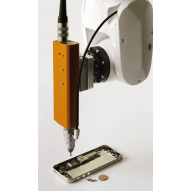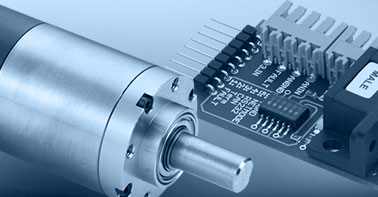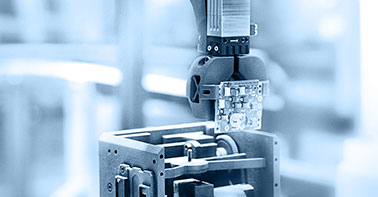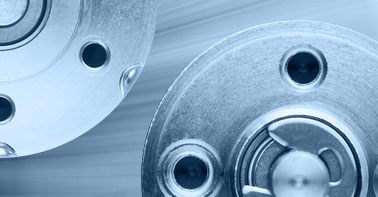- info@ems-ltd.com
- 0118 9817391
Home > Sectors > Industrial Tools & Equipment > Sensor screwdriver
Case study: sensor screwdrivers
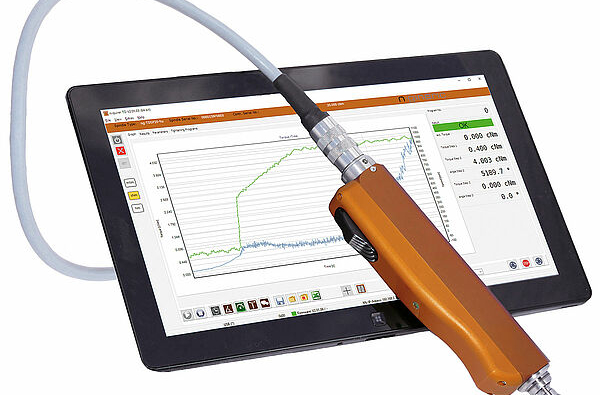
Intuitively, every handyman knows how to tighten a screw. A human’s ability to feel makes it easy for us to understand torsion and when more torque is needed. But in industrial production, tightening according to feel alone might not be enough. A screw must be able to stay securely in place until the end of the product’s lifetime. Just one loose part could have a detrimental effect on the product's performance.
And in sectors where safety is paramount, sensor systems might come as a requirement. For instance, the car manufacturing sector necessitates the use of sensors on automatic screwdrivers. These must be capable of measuring at least one control variable. Torque, rotation or motor condition are all viable parameters for monitoring screwdriver performance and ensuring safe, reliable manufacture of goods.
Leading micro sensor driver supplier n-gineric produces a range of screwdriver systems for both manual and automatic operation. Designed for process-safe mounting, these screwdrivers can support screws from a thread size of just M0.6. This means that they are suitable for even the smallest assemblies, including smartphones and both smart and classic watches. A variety of screw spindle sizes are also available, supporting threaded connections up to a thread size of M5.
In search of a suitable drive system to support its sensor screwdrivers, n-gineric turned to FAULHABER.
Integrated sensors
So, how can we ensure reliability of the screwdriving process? Each screw spindle features an integrated rotating torque or angle sensor module. The torque is calculated based on deformation, measured using strain gauges. As the electric motor twists the shaft, the strain gauge is stretched, resulting in a resistance change in its wire grid. The resistance value is converted to a digital format with a high 24-bit resolution for communication. Up to 2,000 torque measurements per second can be transmitted opto-electronically to the stator electronics without loss.
Dependable drive systems
Of course, the drive system within plays an important part. Requirements are high, with the need for a powerful system that offers high dynamics as well as precise control. And a small DC motor is essential for the compact nature of the application.
A brushless DC motor with accompanying planetary gearhead was determined to be the most suitable arrangement. In mass production, a brushless motor is often the better option when the motor needs to run continuously for long periods. This is because they don’t experience the same wear that a brushed motor would, thanks to the electronic commutation. The difference in commutation also means that brushless motors can operate at higher efficiencies. Other advantages of brushless motors include improved dynamics and a high acceleration capacity. These allow for short cycle times for higher productivity.
The full screwdriver case study is available to read on the FAULHABER website. For advice on which type of motor is best for your application, or to discuss requirements, please get in touch with EMS today.

